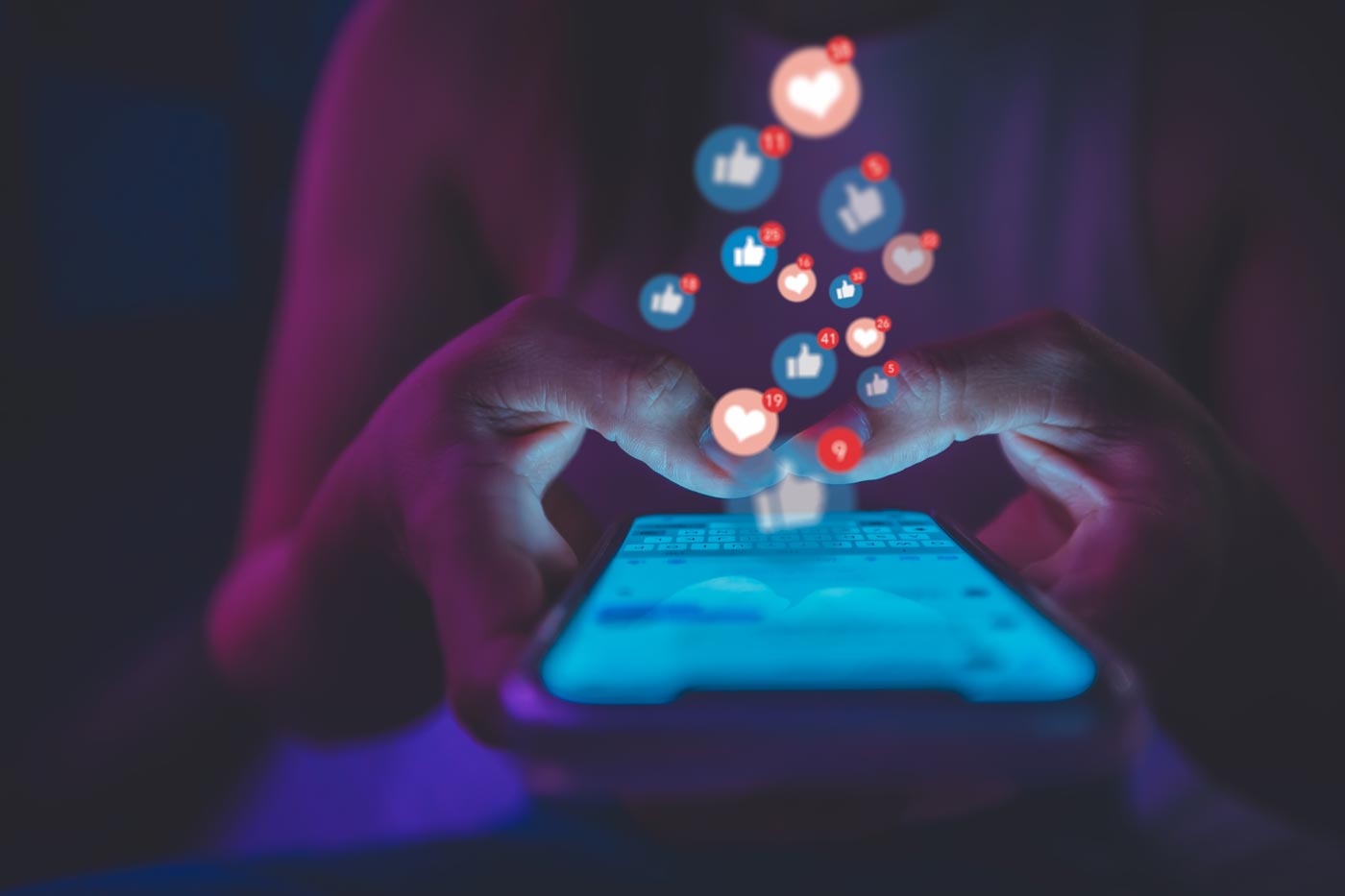Marketing trends move at the speed of light. From black-and-white newspaper ads to keyword analytics, keeping up with these trends can be challenging. In this ever-evolving landscape, companies can’t rely on their tried-and-true marketing practices. Consumer values and preferences have shifted, so effective marketing tactics must follow suit. To help businesses build cutting-edge and competitive marketing strategies in 2023, we’ve compiled seven marketing trends and strategies to help give you a leg up over your competition.
Long-Term Influencer Relationships
One of the best marketing strategies is word-of-mouth advertising. People are more likely to try a product or service if someone they know and trust recommends it. Influencer marketing involves a collaboration between a brand and an individual with a specific niche and sizeable online following. While this form of social media marketing isn’t new, companies are using this opportunity to build more authentic connections with their target audience by working with long-term “brand ambassadors.” These mutually beneficial relationships allow the brand to develop lasting relationships with its influencer partners, while the influencers can maintain trust with their audience by promoting the same brand over time.
Video-Based Content
Video-based content is becoming a key focus area in social media marketing because it can capture a viewer’s attention more often than static posts. Marketers use bite-sized videos from TikTok and Instagram Reels to drive engagement and increase audience brand awareness. Live streaming is also proving to be an effective marketing trend. When paired with influencer marketing, live streaming allows potential customers to engage with influencers familiar with the product, talk about the product, and make purchases, all while watching the stream.
User-Generated Content
From TikTok trends to #OOTD posts, user-generated content is the new word-of-mouth. This type of content is original and brand-specific, created by consumers rather than brands. Unboxing videos, product and service reviews, branded hashtags, and photo tags are all examples of how brands can take advantage of user-generated content. Because anyone can create user-generated content, adding this tactic to your marketing strategy can take your brand’s authenticity to the next level. Consumers are more likely to trust user-generated content compared to brand content, proving that now’s the time to prioritize authenticity in your marketing strategy.
Focus on Social Responsibility
Consumers today prioritize brands that practice social responsibility by balancing their money-making goals with socially beneficial practices. Over half of U.S. consumers now factor values into their purchase choices. Moreover, most consumers are willing to pay more for goods from brands that demonstrate social commitment. Companies have made it a point to highlight social responsibility efforts in their marketing campaigns to attract customers who want to make a positive difference with their purchases.
Examples include:
- Promoting recyclable packaging.
- Promotions that spread awareness of societal issues.
- Directing portions of profits to charity.
- Running one-for-one campaigns to donate products to those in need.
- Having company-sponsored community services or activities.
- Promoting fair trade.
- Advocating for social justice.
Voice Search Strategies For SEO
Marketers are beginning to leverage voice search as a search engine optimization (SEO) tool. These digital assistants were once designed to answer short questions such as, “what’s the current temperature in Manhattan?” but they’re now starting to process more detailed, customized searches. Businesses are responding by changing how they arrange the information. To answer readers’ questions based on intent, creators are now opting for more conversational question-and-answer formats. This way, when consumers use voice search, they’ll get high-quality, accurate responses more quickly.
VR-Based Tools and Apps
In 2021, Meta (formerly Facebook) unveiled their up-and-coming metaverse. This expedited the need for marketers to implement hybrid and mixed-reality experiences into their marketing. Virtual reality (VR) marketing allows brands to promote their products or services using VR technology to create a simulated but realistic experience. While many brands have successfully used augmented reality (AR) tactics to attract customers, only some have designed a completely immersive VR experience. Virtual try-ons and branded Instagram filters will continue to impact 2023’s marketing landscape but expect to see even more innovative VR marketing tactics this year.
Utilizing AI For Trendspotting
Artificial intelligence is expected to impact many industries significantly within the next few years. Professionals are now utilizing AI methods such as data models, algorithms, and machine learning to better understand their target audience. This data will help marketing companies optimize spending, customize targeted content, and personalize the customer experience.
Marketers are already benefiting off AI technology, by gaining the ability to create:
- More intelligent, more targeted advertisements.
- More accurate trendspotting and predictions.
- A better understanding of buyer behavior.
- Increased customer retention and loyalty.
- Enhanced self-service capabilities.
The last couple of years drastically impacted marketing trends and best practices. Today’s consumers value authenticity, transparency, privacy, and inclusivity more than ever. And with advanced technology like VR becoming mainstream, companies have an opportunity to tie these values into their messaging in new, innovative ways. If you want to ensure that your business stays updated on all the latest digital marketing trends, contact Marketing Business Solutions today!

